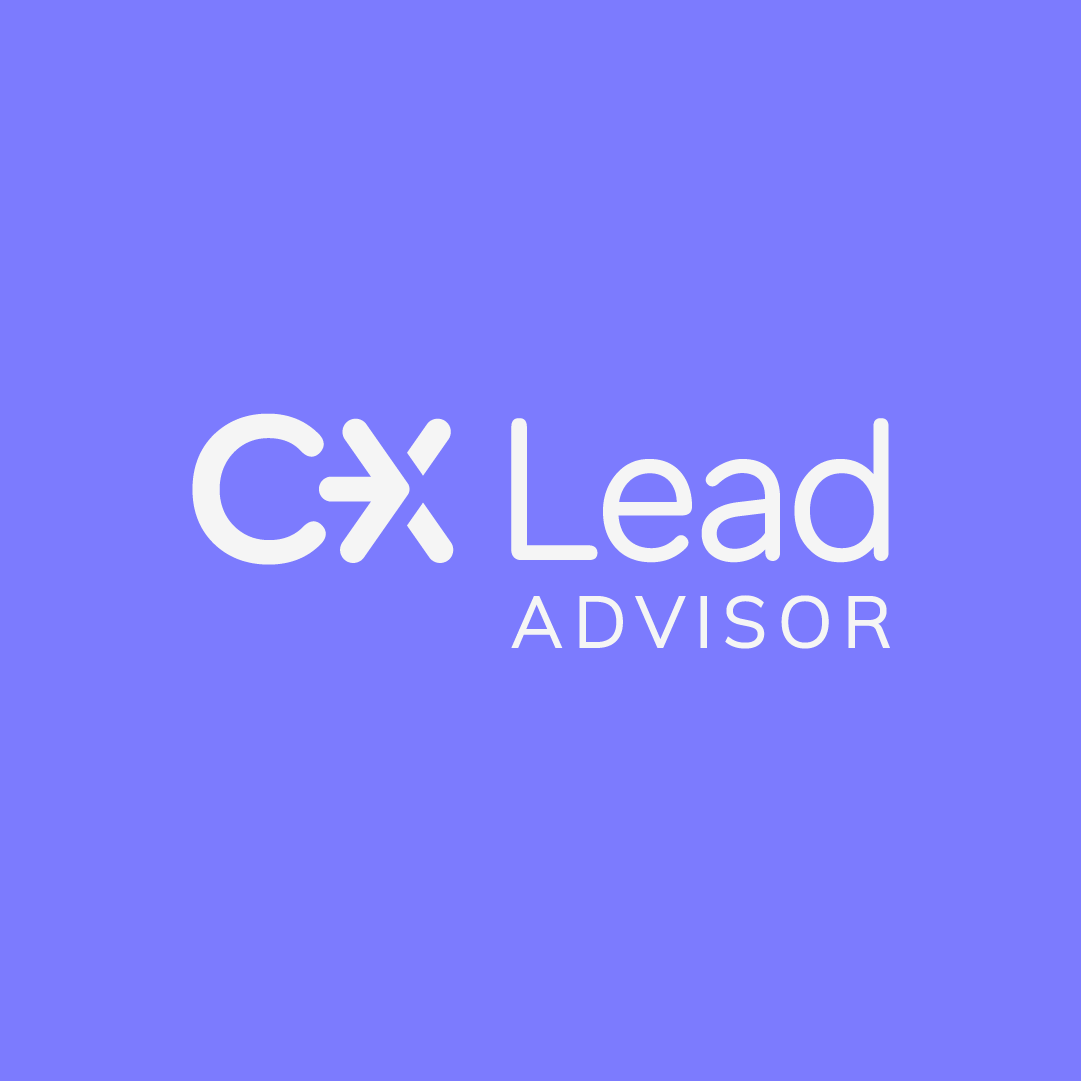In some industries, the average customer retention rate is below 80%. As a customer experience professional, you know that low retention rates and high churn and come with increased costs. That’s why it’s essential to develop customer success objectives and key results (customer success OKRs). In this straightforward guide, I've outlined customer success OKRs examples to help you create ones that align with your company’s customer service goals.
What Are Customer Success OKRs?
Customer success OKRs (Objectives and Key Results) are part of a framework used to improve collaboration and make sure everyone on your team is working to achieve the same goals. Each OKR consists of an objective, or a desired action, and several key results. These key results are the milestones that help you determine if you’re on track to achieve the objective.
While there are many OKR examples, here’s a simple one related to customer support. Imagine that you work for a software company and set an objective of delivering a best-in-class support experience. Your key results might include a minimum customer service score of 98% for all support team members and an average response time of no more than one hour for high-priority tickets.
OKRs vs. KPIs
Many companies use key performance indicators to make decisions and assist in goal-setting. The problem with customer success KPIs is that they don’t give you a real-time view of what’s happening in your company. For example, if you measure customer retention on a quarterly basis, you won’t know there’s a problem until you’ve already lost business.
OKRs are leading indicators, meaning you can use them to track your progress. If you’re not where you need to be, you can make a quick course correction. This makes it more likely that your team will succeed. You can even monitor OKRs continuously instead of waiting for the end of the month or quarter to find out how you’re doing.
Once you achieve an objective, take time to celebrate. Doing so motivates team members, reinforces a spirit of cooperation, and makes it more likely that employees will remember what they learned along the way.
These Are the Most Meaningful Customer Success OKRs
Setting customer success OKRs has many benefits for your business, from getting everyone on the same page to making it easier to update your customer retention strategy. The possibilities are almost endless, so we narrowed it down to the five most meaningful OKRs. Even if you only adopt one of them, you'll surely notice dramatic results in the right direction.
1. Increase Your Customer Satisfaction Score
Customer satisfaction is the glue that holds your business together and reduces instances of churn. You may have the best products on the market or the most helpful employees, but if customers aren't satisfied, you're missing out on opportunities for growth. In simple terms, customer satisfaction is a customer's level of happiness with your company and its offerings.
If you send out a satisfaction survey, such as a Net Promoter Score (NPS) survey, ask recipients from your customer base to rate their satisfaction on a scale of 1 to 5. To calculate a customer satisfaction score, divide the number of 4 and 5 ratings by the total number of responses. If you don't have the time or resources to do a survey, check your company's Google or Yelp reviews and use the same method to calculate a satisfaction score (number of 4/5 ratings divided by total number of reviews).
What makes a good customer satisfaction score depends on the industry you're in, but you should generally consider between 75% and 85% to be positive feedback. If you're not within the standard range for your industry, or even a little higher, then you have some work to do to optimize your results and improve your customer success team.
Achievable Goal Examples:
- Increase customer satisfaction score from 76.2% to 79%.
- Achieve average customer rating of 4.5.
- Reduce the number of low ratings (1, 2, 3) by 20%.
- Achieve an average NPS score of 8.
2. Improve Timeliness of Customer Service Delivery
Customer service is the support your company provides at every stage of the buyer's journey. You provide service when a prospect asks a question, when you're completing a sales transaction and when you're handling a support ticket months after a sale. Timeliness of service delivery sounds complicated, but it's just a fancy way of measuring how long it takes to deliver service after a customer expresses a need.
Timeliness influences customer satisfaction, which means it can have a major impact on your word-of-mouth marketing efforts. A quick response to a customer's query can lead to a positive review or a referral that helps your company increase its revenue. Conversely, slow response times can lead to poor ratings and low customer retention rates.
You can tell how well you're doing by measuring customer satisfaction scores, reading online reviews of your business, and sending out customer surveys. If customers report slow response times or difficulty getting the service they need, you'll know you need to make improvements. High satisfaction scores and positive comments about response times generally tell you that you're doing well.
Achievable Goal Examples:
- Strive to keep customer hold time under 2 minutes.
- Improve first response time—the amount of time that passes between a customer's initial message and your company's first reply—by 15%.
- Decrease average resolution time by 25%.
- Reduce the average number of interactions per ticket by 10%.
3. Increase Monthly Product Adoption Rate
Your product adoption rate is the number of new users per month compared to your total number of users. Let's assume you have 500 users at the end of October and gain 72 new ones in November, bringing your total to 572. That translates to a monthly product adoption rate of 12.6% (72/572).
Product adoption rate is important because it helps you measure your company's growth. It can also help you figure out if your current marketing strategy is working as intended. You'll know you're on the right track if your product adoption rate stays the same or increases from month to month. If your rate begins to decline, you may need to tweak your marketing strategy.
Achievable Goal Examples:
- Increase your monthly marketing budget by 20% to get your product in front of more potential customers.
- Write a series of three emails to send to leads who've expressed an interest in your offering and haven't purchased anything yet.
- Create two buyer personas, map their customer journeys, and tweak your marketing materials to better reflect how people interact with your brand.
4. Improve Customer Engagement
Customer engagement refers to the emotional connection a customer has with your brand. Engaged customers buy from you again and again, making engagement a critical objective for businesses in every industry. This is especially true when dealing with new customers. High levels of engagement can also bring in more referrals.
To measure engagement, some companies divide their number of active users by their total number of users. This makes the most sense if your company sells mobile apps or other products that make it easy to track usage statistics. Let's say you have 500 active users and 2,000 total users. Your engagement score would be 25% (500/2,000). The higher your score, the more engaged your customers are.
You can also measure engagement through a digital marketing channel, like LinkedIn and other social media platforms. If you typically communicate with customers via email, your open rate is a good indicator of how engaged they are with your brand. You'll know you're falling short if engagement scores decline for several months in a row.
Achievable Goal Examples:
- Increase sales conversion rate by 5%.
- Improve overall engagement score by 20%.
- Boost email open rate by 15%.
5. Decrease Time-to-Value
Time-to-value is how long it takes between the time a customer buys something from you and when they start getting value from their purchase. It's important because you want customers to feel good about their decision to, well, be your customer. The faster a customer gets value from one of your products or services, the more likely they are to buy from you again or tell their friends about your company.
What constitutes a good time-to-value depends on your industry. For restaurants, time-to-value may be measured in minutes. If your company provides consulting services to other businesses, it may take those businesses several months to implement your advice, resulting in a longer time-to-value.
The key is to track your time-to-value metric over time and make sure it's not increasing. If it is, you may need to tweak your product or service offering.
Achievable Goal Examples:
- Hire a customer success manager to walk customers through the implementation process.
- Eliminate unnecessary features that make your product more complicated to use.
- Implement customer success software to automate manual tasks that inflate response times.
- Reduce the amount of user documentation provided to each customer by 15%.
Delight Your Customers Again and Again
Customer success is as much of an art as it is a science, so the more you understand the numbers, the more you'll understand how to impact them. Before developing your own OKRs, you can learn more by reading Customer Satisfaction Metrics: Key Terms & Examples or Examples Of Customer Service Goals For Your CX Teams.
Don't forget to subscribe to our newsletter for more tips from industry experts to help you steer your career along the cutting edge.
Need expert help selecting the right Customer Service Software?
If you’re struggling to choose the right software, let us help you. Just share your needs in the form below and you’ll get free access to our dedicated software advisors who match and connect you with the best vendors for your needs.



